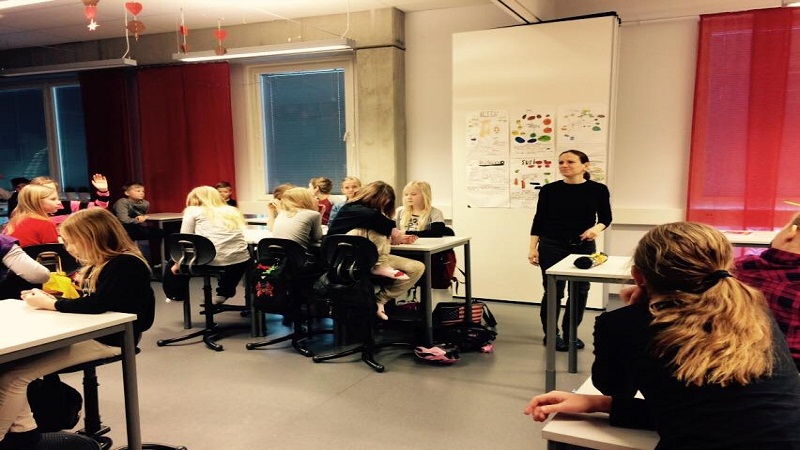We’ve all been there: staring at a mountain of textbooks, the thrill of learning replaced by a crushing sense of “what’s the point?”. Demotivation is a common hurdle for students of all ages, and it can significantly impact academic performance. But fear not, there are effective strategies to reignite the spark of learning!
Understanding the Why: Common Causes of Demotivation
Before diving into solutions, let’s explore why students lose motivation. Dr. Andrew Wigfield, a leading motivational researcher, highlights three core factors:
- Lack of Value: Students may not see the relevance of the material to their lives or future goals.
- Low Expectancy: Feeling overwhelmed or incapable of success can lead to discouragement.
- Negative Emotions: Anxiety, boredom, or frustration can make studying an unpleasant chore.

Building a Bridge: Strategies to Rekindle Motivation
Now that we understand the culprits, let’s get to the good stuff – reigniting motivation! Here are key strategies to consider:
- Craft a Compelling Narrative: Help students connect the dots. How does this subject apply to their interests or future aspirations? For instance, is that history lesson relevant to understanding current events?
- Focus on Mastery, not Marks: Shift the focus from grades to the joy of learning and self-improvement. Celebrate effort and progress, not just perfect scores. “Carol Dweck, a Stanford psychologist, has shown that students who believe their intelligence is fixed (a fixed mindset) are less likely to persevere in the face of challenges. In contrast, students with a growth mindset, who believe their intelligence can be developed, are more likely to embrace challenges and see them as opportunities to learn.”
- Embrace the Power of Choice: Where possible, offer students some control over their learning. This could involve choosing topics for research projects or selecting preferred learning methods.
- Break Down the Wall: Set SMART Goals: Large, looming tasks can be paralyzing. Encourage students to set Specific, Measurable, Attainable, Relevant, and Time-bound (SMART) goals. This creates a roadmap to success and fosters a sense of accomplishment as milestones are reached.
- Make it a Social Affair: Many students thrive in collaborative environments. Encourage group study sessions or discussions to boost engagement and share the workload.
- Visualize Success: Help students create a vision board or use mind maps to visualize their learning goals and celebrate achievements along the way.
Remember: There’s no one-size-fits-all solution. Tailor these strategies to the individual student’s needs and learning style. Be patient, and supportive, and celebrate even small victories.
Related: Beat Procrastination: Time Management for Lazy Students
The Takeaway: A Journey, Not a Destination
Rekindling motivation is a journey, not a destination. By fostering a positive learning environment, setting clear goals, and making learning relevant and engaging, we can help students rediscover the joy of acquiring knowledge. After all, education is a lifelong adventure, and motivation is the fuel that propels us forward.
Additional Tips:
- Create a dedicated study space: Minimize distractions and make learning comfortable.
- Incorporate breaks and movement: Short breaks can help students refocus and avoid burnout.
- Seek professional help when needed: Sometimes, underlying issues like learning difficulties or mental health concerns can contribute to demotivation.
- Lead by example: Show genuine enthusiasm for learning and personal growth.
By working together, we can empower students to become self-directed learners and navigate the exciting world of knowledge with passion and purpose.







